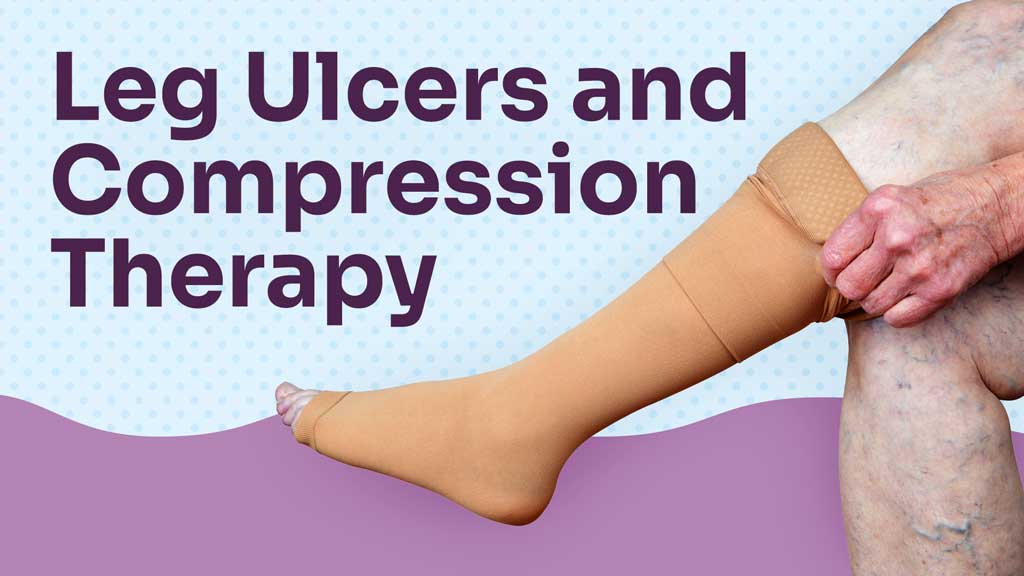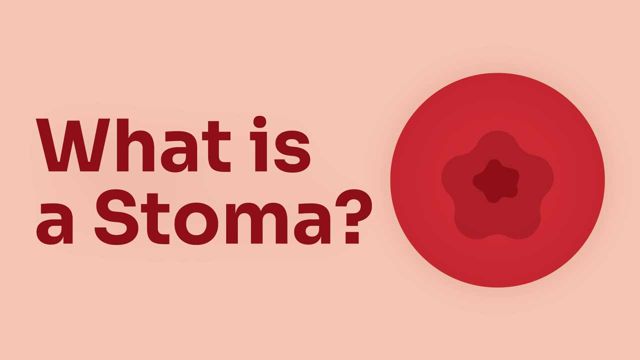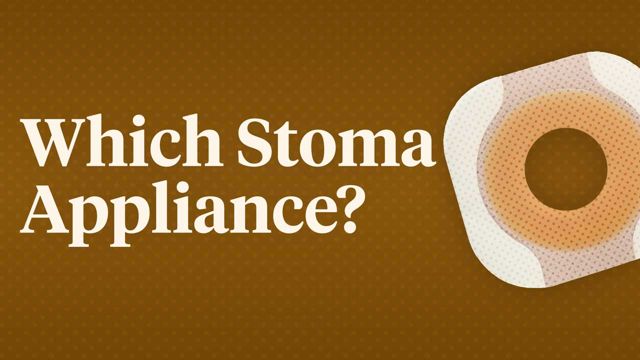Leg Ulcers and Compression Therapy


Content
What you'll learn:
Patients in your care will receive effective lower limb assessment and appropriate care planning.
Apply the principles of selection and application of compression therapy as management for leg ulcers for specific patients.
Explain and educate patients and other team members about the role and types of compression therapy in the management of leg ulcers.
Who it's for:
Why it's needed:
The quality of life of a person with a leg ulcer is usually diminished whilst their management consumes significant health resources. Identifying the type of leg ulcer a person has is crucial to appropriate care planning and healing. Therefore, correct assessment of the lower limb is a critical aspect of care. Compression therapy used to treat venous ulcers promotes healing and is a recognised primary management strategy.
To safely and effectively initiate, apply and monitor compression therapy clinicians require appropriate training, skills and confidence. Where this is lacking, patients who should benefit are not always offered compression therapy. Increased appropriate use of compression therapy to manage leg ulcers would result in improved quality of life, patient health outcomes and significant savings to the healthcare budget of governments, service providers and patients.
Purpose:
Topics
Assign mandatory training and keep all your records in-one-place.
Find out more
Recommended resources










 New
New